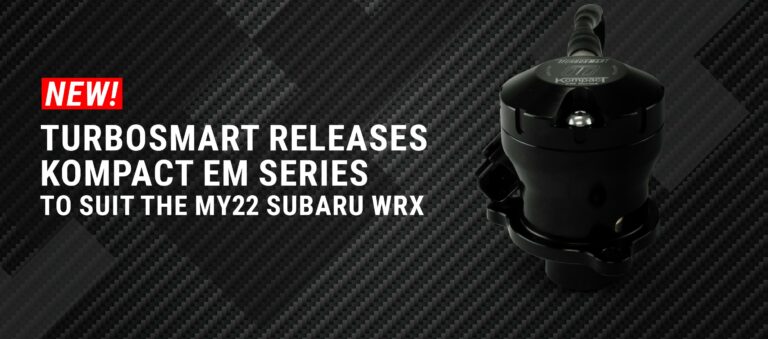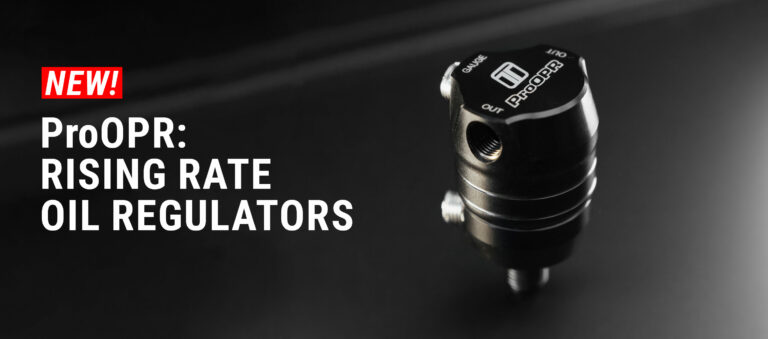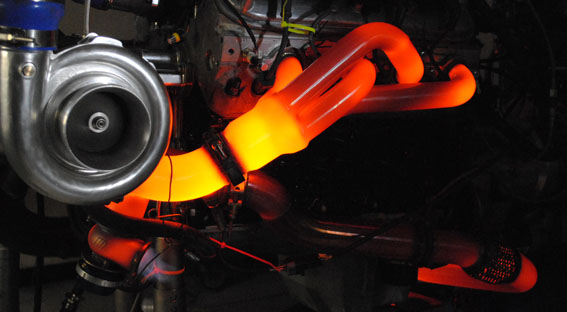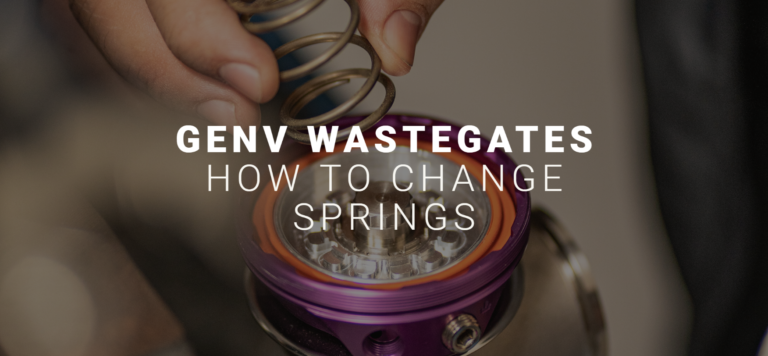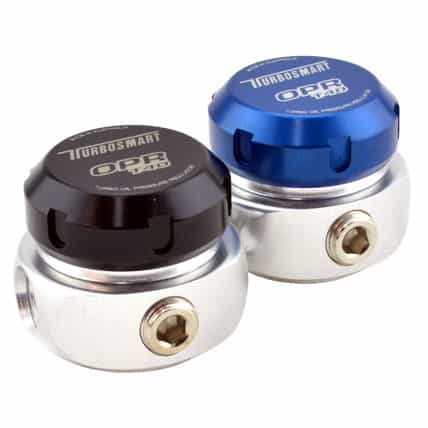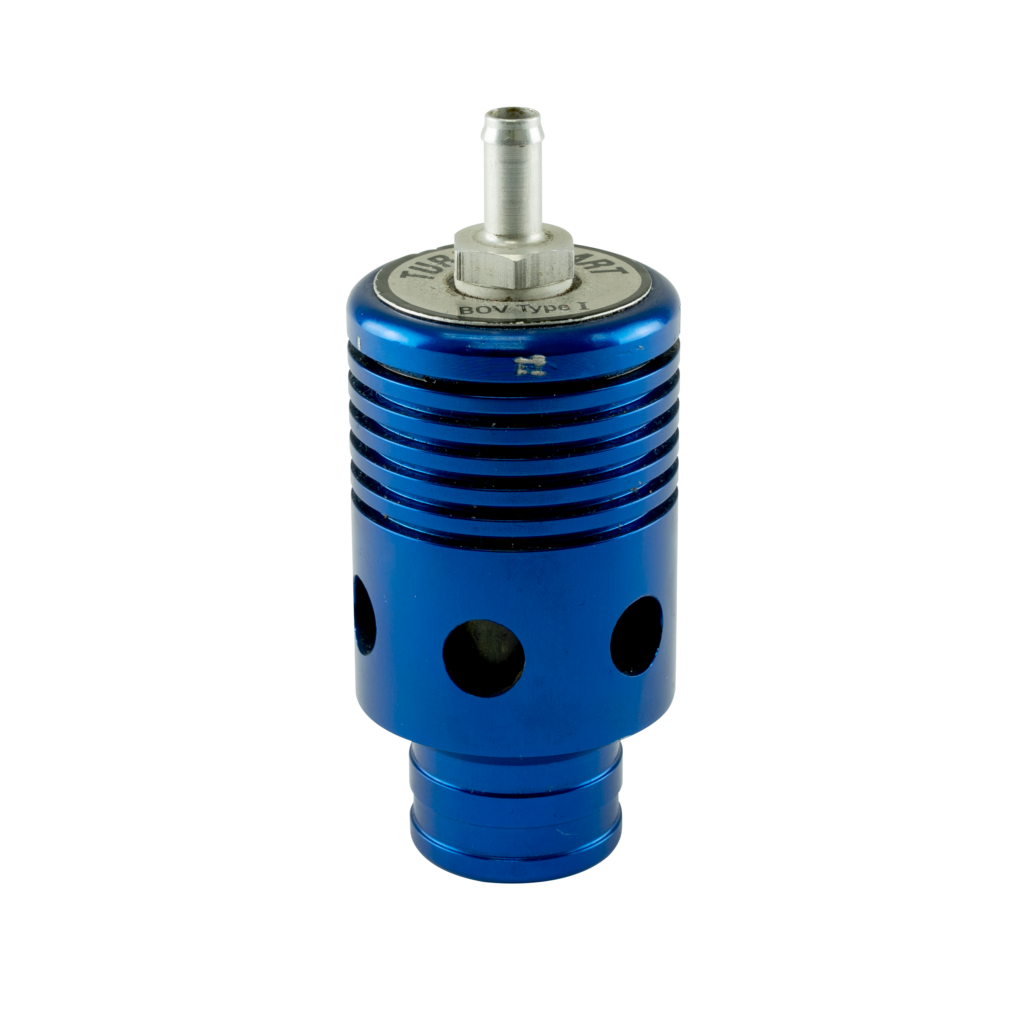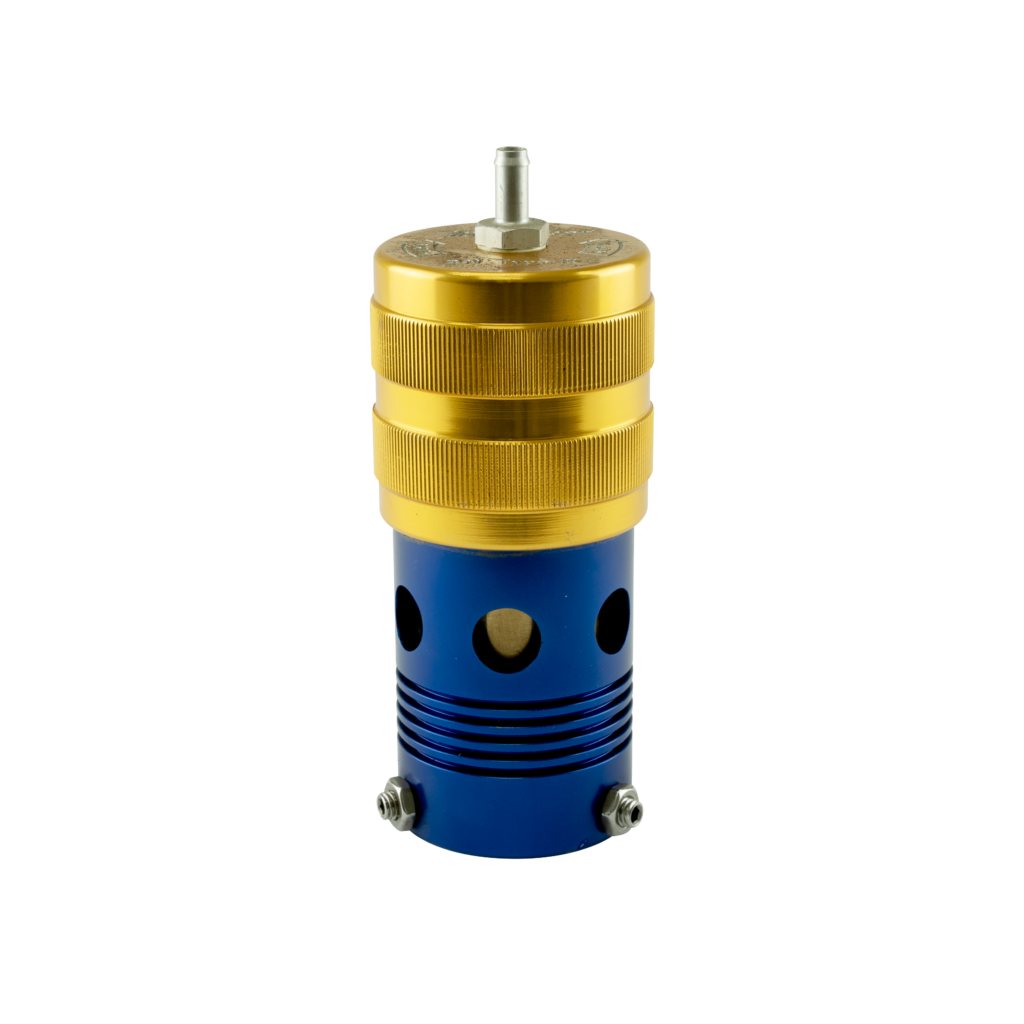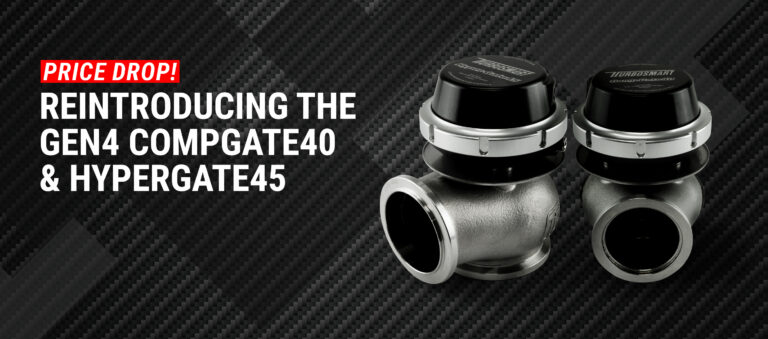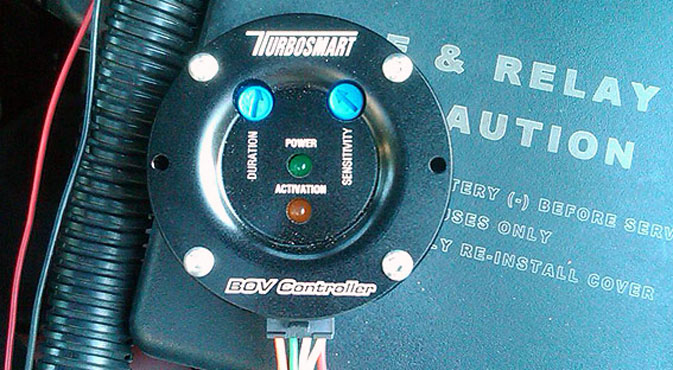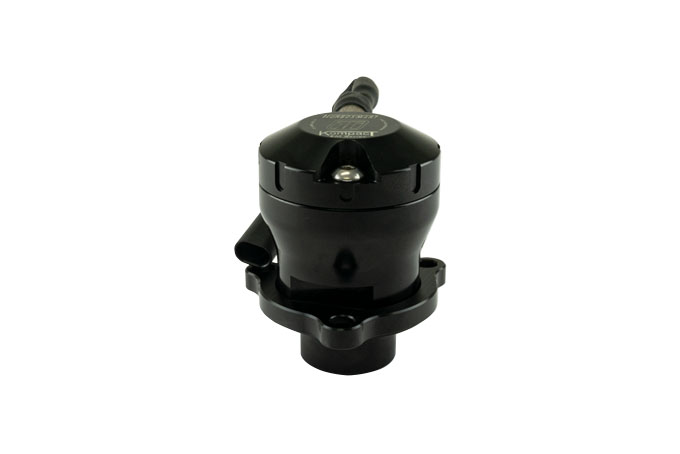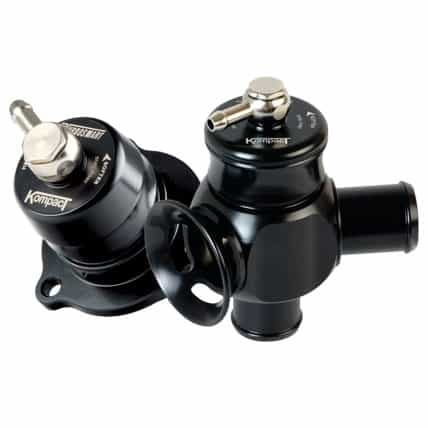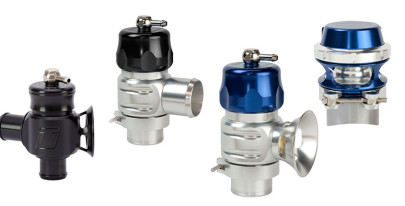Boost Unleashed: The Ultimate Guide to Everything Boost
Turbosmart Knows Boost Part 1
Unleashing Power: Turbosmart knows boost - Exploring High-Performance Forced Induction Engines
Building Boost Since 1997
Now we are fully aware that this video has barely even touched the surface of everything that you wanted to know about boost and how to control it, which is OK because this is only the beginning – over the coming weeks we are going to be releasing more videos on everything boost related we are going to dive deep into each of the topics that I touched on today, so please make sure you ring the bell on our youtube channel to get all of the latest video updates from turbosmart – also don’t forget to follow our social media platforms @turbsmartHQ and if you have not already sign up to our monthly newsletter at bottom of this post for all the latest product updates.
How Do Forced Induction engines work?
To understand how high-performance forced induction engines work, let’s start with the basics.
Both turbochargers and superchargers are designed to increase an engine’s power output by forcing more air into the engine’s combustion chamber. More air means more fuel can be delivered, resulting in greater power and performance.
Turbochargers harness the energy from the engine’s exhaust gases to drive a turbine, which, in turn, drives a compressor. This compressor forces air into the engine’s intake manifold, increasing the intake air pressure and therefore air density – whenever we have pressure in the intake manifold that is greater than the pressure in the atmosphere we call that boost. More air pressure (or boost) means more oxygen and more oxygen means more power and of course, more power equals more burnouts.
Similarities between Supercharges & Turbos
Superchargers similar to turbos also use a compressor to pressurise the air into the engine to create a boost, but how they achieve this is quite different. Superchargers have their compressor being driven directly by the engine, typically via a belt connected to the crankshaft.
So on the one hand, both turbochargers and superchargers are similar in that they both allow your engine to create more horsepower by pressurising the air going into the intake manifold, but how they create this boost pressure is very different.
Turbochargers use exhaust gases, which are essentially wasted energy to turn the compressor wheel, while superchargers utilise the engine’s mechanical power directly to turn the compressor.
Boost Control
Now that we have an idea of what boost is, we should delve into the concept of boost control.
Boost control is a crucial aspect of maximizing forced induction engine performance. It refers to the ability to regulate and adjust the pressure (boost) generated by the turbocharger or supercharger. If we didn’t do this, we would have all the boost, all the time, and that might sound like a good time – it often leads to… let’s just call it, early engine expiration.
The Faster the turbo spins, the more boost it will produce
Looking at our turbo again it is pretty clear that the more exhaust gas you pass through it, the faster the thing will spin. The faster it spins, the more air this compressor shoves into the intake manifold. (Now, of course, there are limits to this – things like the physical size of the exhaust housing will limit how total air can pass through it, the same on the intake side with the compressor housing – but for today’s discussion, the important takeaway is the faster the turbo spins, the more boost it will produce).
Wastegates Regulate the flow of some exhaust gases driving the Turbine
So, if we want to control the amount of boost pressure created in the intake manifold on a turbocharged engine, we need to get some control over the speed at which the turbo spins. And in steps this guy – this is a wastegate, and its job is to regulate the flow of some of the exhaust gases that drive the turbine, controlling the speed at which the turbine spins and, therefore, the amount of boost generated.
Wastegates come in all Shapes and Sizes
Wastegates come in all shapes and sizes, but typically, you will find smaller turbos have what we call an internal wastegate, where the wastegate itself is cast into the turbocharger exhaust housing, and larger turbos rely on external wastegates; these are completely separate valve that gets welded into the exhaust manifold and is often capable of flowing much more air than an internal wastegate giving the external wastegate the potential to deliver a much wider boost control window.
Wastegates are an entire technical video of their own that we will cover in the not-too-distant future – which probably makes it a good time for you to hit pause and ring that bell right on YouTube and subscribe to this channel so that you can receive all the updates from us on when we are dropping new vids to the tube.
Supercharged Engines
Where was I? That’s right, boost control.
On supercharged engines, because we are not using exhaust gases to spin the compressor, but rather we are using a belt driven from the crankshaft if we want to increase boost (i.e. spin the compressor faster at any given engine RPM), we have to change the drive ratio between the crankshaft pulley and the supercharger pulley – which is why when we put a smaller pulley on the supercharger we get more boost.
On the other side of things, If we want to reduce the boost output from a supercharger we increase the size of the pulley – of course, the real challenge here is when you want to do something a little more challenging than just more or less total boost, like perhaps vary the boost by speed or gear or even just have 2 boost levels one for everyday driving and one for…more spirited adventures.
I mean it’s not exactly practical to pop the bonnet and do a quick pulley swap when some rice-burning import wants to chop you at the lights.
So on a supercharged engine, if we want to reduce boost at the flick of a switch rather than slow down the compressor, we bleed air pressure off from the intake manifold itself prior to it entering the combustion chamber.
We do this with the use of an air bypass valve. This bypass valve redirects excess pressurized air (or excess boost) back into the airbox prior to the supercharger, preventing over-pressurization of the intake manifold and ensuring control over the final boost levels.
I know what you’re thinking, this bypass valve thing sounds like a good idea – why don’t we use the same style of device on a turbocharger to control boost. The answer to that is, sometimes we do.
boost control in turbochargers is achieved through bypassing exhaust gases around the turbo through the use of a wastegate
If you look at some modern race engines, this is exactly what is happening: the wastegate on the exhaust has been removed, and an air bypass valve has been added to the intake for boost control – but this style of boost control is not without its downsides, the most obvious of which is depending on the physical size of the turbo’s exhaust housing, is that the turbo can quickly become a choke point for engine airflow.
There is a lot more to unpack here about turbocharger sizing, exhaust flow rates, choke points, compressor maps and that sort of thing, but for now – I’m just going to leave it here and say that typically, boost control in turbochargers is achieved through bypassing exhaust gases around the turbo through the use of a wastegate which is very different from boost control used on superchargers where boost is controlled by the size of the pulley on the front of the supercharger and then a bypass valve on the intake manifold that releases some of the boost pressure.
So now we have a bit of an understanding of how boost is created and how a wastegate or bypass valve can reduce the amount of boost in the intake manifold, we probably should talk about the actual devices we use to tell that wastegate or bypass valve when to open and how much air to bleed off. These devices, not surprisingly, are called boost controllers, and they too come in many shapes and sizes from simple mechanical bleed taps to complex computer-controlled electronic control systems.
achieving precise boost control is crucial for extracting maximum performance
Depending on its complexity level, Your boost control system can allow you to set multiple target boost levels based on any number of parameters, most commonly boosted by engine speed, road speed, gear or elapsed time.
The point is that achieving precise boost control is crucial for extracting maximum performance from a forced induction engine. It allows for fine-tuning power delivery, optimizing responsiveness, and ensuring the engine operates within safe limits.
What is a blow-off valve?
Just when you thought you had your head around the basics, I’m also going to introduce you to the very first product that turbosmart was made famous for, the humble blow-off valve.
Today, both turbocharged and supercharged engines utilize blow-off valves. So what is a blow of valve? And why is it required?
That’s quite an interesting question. When the throttle is snapped closed on a forced induction engine, there is still positive pressure in the intake piping, and the turbocharger or supercharged is still spinning and therefore continuing to produce positive pressure, but that pressure has nowhere to go, so it eventually finds the path of least resistance which is right back where it came from – which is back out through the compressor housing. This phenomenon is called compressor surge, and you’ve probably all heard it.
A blow-off valve prevents this compressor surge from happening by opening a valve to release the pressure build-up in the intake manifold after the throttle is snapped closed, this both changes the noise a turbo engine makes and also increases the life of the turbo.
Whether you prefer the raw power and surge of a turbocharger or the immediate response and linear power delivery of a supercharger, both forced induction methods have their unique advantages. What remains constant is the importance of precise boost control to unlock the true potential of a high-performance engine.
Conclusion
Now we are fully aware that this video has barely even touched the surface of everything that you wanted to know about boost and how to control it, which is OK because this is only the beginning – over the coming weeks, we are going to be releasing more videos on everything boost related we are going to dive deep into each of the topics that we touched on today, so please make sure you ring the bell on our youtube channel to get all of the latest video updates from Turbosmart – also don’t forget to follow our social media platforms @turbsmartHQ and if you have not already sign up to our monthly newsletter at the bottom of this post for all the latest product updates.
Turbosmart Knows Boost Part 2
Unleashing Power: Compressor surge and blow-off valves
Hello there, my boosted brethren! Today, we will shine some light on a sneaky villain that lurks in the shadows of our turbocharged engines—turbo compressor surge. Buckle up and prepare to dive into the nitty-gritty of this notorious nemesis.
Picture this: your right foot is planted, the wind flowing through your mullet, your precious little turbocharger, that powerhouse of air compression, is spinning at 100,000 RPM, working its magic, delivering that sweet, sweet boost – everything in this world well – but the trouble is brewing, lurking shortly is something that threatens to derail your turbo turning titillation – that’s right – its compressor surge and its here to tear the insides clean out of your turbo and spit parts all over the engine bay….
OK, that’s a little dramatic, but if you read some internet forums – that’s how it seems.
So, what exactly is a compressor surge, and does it destroy turbos?
What is Compressore Surge?
Let’s tackle the first question: – What is compressor surge?
If you read the engineering textbooks, you would get an explanation that something along the lines of compressor surge is violent air flow oscillating in the axial direction of a compressor.
Whoa – so what does that mean? Normally, air flows in and through the turbo this way, but sometimes, it pushes back out in the wrong direction and goes this way.
How does this happen? The easiest way to picture this is to imagine we are cruising along, building boost, then suddenly snapping the throttle closed.
Now we have all this built-up pressure in the intercooler and intake piping. Still, because we have snapped the throttle closed, the air is no longer flowing into the engine, so the air trapped in the intercooler piping finds the path of least resistance – which, in this case, is back out the way it came in, through the compressor housing of the turbo.
This causes an audible chopping or fluttering noise as air escapes through the turbo’s compressor wheel.
Contrary to common belief, this does not spin the turbo back in the wrong direction. The turbo maintains a fairly constant RPM during compressor surge, which makes sense because exhaust gases still turn the turbine wheel.
Turbo Compressore Maps
Many of you would be familiar with these turbo compressor maps. On the x-axis, we have the compressor flow rate and on the y-axis, we have the pressure ratio.
There are all of these efficiency lines, and most importantly for this conversation, there is the surge line here.
This surge line represents the point at which the turbo’s compressor wheel can no longer maintain its grip (for lack of a better word) on the air going this direction into the intake piping and you can see from the compressor map, that this is a function of both pressure ratio and flow rate.
Flow Rate
Now flow rate is just a measurement of the total airflow through passing the turbo compressor, and pressure ratio is the ratio of pressures between the turbo intake and outlet – which is the intake piping.
What happens on this compressor map is when the throttle is closed, the engine is no longer ingesting all of the air that the turbo is pushing out, so flow through the compressor drops, sending us this way on the compressor map. The pressure in the intercooler piping hasn’t dropped. If anything, it’s rising because the turbo is still spinning, pushing more air into the pipework, so the pressure ratio is increasing, and eventually, we cross this surge line.
Flow Seperation
At that point, we get an aerodynamic stall or flow separation at the compressor wheel – and that is just a fancy way of saying vrrdodododod!
I know what you are thinking: why is it vrrrdododododo! and not just vrdooo!
There is a good engineering explanation for this; when we get this flow separation, there is a local pressure drop at the compressor wheel as air flows axially back through the turbo, pushing us back into the normal operating area of the turbo’s efficiency map.
The compressor wheel regains its grip on the incoming air, and we get normal airflow conditions again momentarily. This is short-lived, though, because the throttle is still closed, meaning we are still in a low-flow condition, and the cycle continues; thus, the fluttering do-do-do noise.
So this is what causes the oscillating or chopping noise – it’s air flowing normally through the turbo in one direction, then being stopped as the compressor wheel loses its grip on the normal flow of air, the pressure drops, the compressor wheel regains grip on the air, and the cycle continues. On the compressor map, we are crossing back and forth over the surge line.
Most Common Cause of Turbo Compressor Surge
So snapping the throttle closed is the most common cause of turbo compressor surge, in some rare circumstances, however, it is possible for surge to occur when the throttle is open.
Heading back to our compressor map, compressor surge can occur in rare circumstances where on a low RPM and therefore low total airflow, the turbo may produce enough boost pressure to push into the surge area; this phenomenon is more prominent on smaller capacity engines which makes sense, because smaller the engine capacity the lower the total airflow at any RPM, in this situation the only option outside of a complete turbo redesign is to reduce the target boost in the low RPM area of the boost control map so that the turbo no longer enters this surge area.
So now you’re all compressor surge experts, the big question is –
Should I expect my turbo to spontaneously disintegrate into a million pieces at the first sign of compressor surge?
– Well, not really, but it’s not great either. I like to think that compressor surge is to a turbo and knock or detonation is to an engine.
It’s an uncontrolled action where pressure is released outside of the normal operating conditions of the component.
In a turbo, when the regular airflow out of the turbo into the intake piping is disrupted with oscillating airflow in the axial direction of the compressor, the direction of loading on the bearings of the turbo shifts, and that’s where the real damage comes from with compressor surge.
The loading and Unloading of Bearing Surfaces
It’s the loading and unloading of the bearing surfaces that causes the damage, not the first time it happens, not the second, but as time goes on, wear increases – similarly, the more boost the turbo is making at the time of the surge condition the greater the impact on the bearing surface.
So what do we do about this? Do we drive around gently and never close the throttle fast enough to induce a surge?
Maybe the opposite – we never lift?
While that might be nice, it’s not realistic; no – you probably already know where I am going with this – We installed one of these guys a blow-off valve.
When the throttle closes, this clever little device opens up, allowing that built-up pressure in the intake piping to escape, preventing compressor surge and saving turbos from the recycling pile.
Blow-off Valves Whooshing Noise
Nothing is more synonymous with a turbocharged engine than a blow-off valve’s sweet, whooshing noise.
Let’s be real here: we all work with that one guy who walks past your workstation every day making blow-of-valve noises..…go ahead and tag that guy in this video now.
How does a Blow-off Valve Work?
Let’s pull one of these blow-off valves apart and look at how they work. Inside the valve, we have a spring-loaded piston that is normally closed. At the top, we have a vacuum reference that goes to the intake manifold after the throttle body.
What happens is when the throttle snaps closed, we get a vacuum at the top of the valve, which effectively pulls on the top of the piston; we also have positive pressure in the intake manifold that is pushing on the bottom piston, and this push and pull on the piston overcomes the spring pressure and opens the valve.
Once the blow-off valve is open, two things occur:
1.There is a pressure drop in the intake piping.
2. There is an increase in flow through the compressor.
The outcome, our turbo is longer and ends up in the surge area of the compressor map.
Selecting a Blow-off Valve
Contrary to common belief, selecting a blow-off valve is not all v-chhhh vs. v-do-do-dododhhh, but rather, selecting a blow-off valve should be all about speed and flow. Can the valve open fast enough and flow enough air to prevent the turbo from going into surge?
For this reason, there is no one size fits all blow-off valve.
Select a Blow-off Valve to Match the size of the Turbo
If you are running a stonking big turbo at a very high boost, you will need a blow-off valve that can bypass a lot of air when you back off the throttle.
In this case, you are going to want something like this PowerPort blow-off valve – this guy here can flow over 600Cubic feet per minute of air and has a nifty dual chamber design that allows it to be hung open during the staging and launch control sequence of a drag car.
If, on the other hand, you are running a smaller or OEM turbo, or perhaps you want to keep a lower profile on the streets and not attract too much attention – in this case, you are probably going to want to opt for something recirculates that excess airflow back into the intake system.
Recirculation of Air
This recirculation of air is often called a plumb back blow-off valve, and rather than venting the excess pressure straight out into the atmosphere, creating the characteristic cshhhh noise that blow-off valves are known for – recirculating blow-off valves vent air back into the intake before the turbocharger.
This creates a closed system and greatly reduces the noise you hear when the blow-off valve activates.
In this situation, you may want to consider one of Turbosmart’s direct OEM replacement blow-off valves in the Kompact Range or SmartPort Range – or you may be like me, and you want to keep your options open and have silent operation while cruising around town, but let the world know you mean business when you turn up the boost – for that situation there is these DualPort blow off valve’s that allow you to have the best of both worlds, recirculate under light load, vent to atmosphere when the pedal hits the metal.
No One Valve Fits All
No one blow-off valve fits all because everyone’s requirements are just a little bit different. Selecting the correct valve for you will be a balance of flow requirements, fitment options, speed of operation, OEM integration requirements and most importantly, audible pleasure.
To Sum Up
So, what have we learned today?
Firstly – compressor surge is not only an enemy of performance but also a threat to the longevity of your turbocharger. Without a blow-off valve, the turbo experiences oscillating flow across the compressor wheel, causing unnecessary strain and wear on the components, potentially leading to premature turbo failure.
A correctly sized blow-off valve that opens quickly and allows enough airflow to prevent compressor surge can extend the life of your turbo and sound like music to a turbo lover’s ears.
Conclusion
Most importantly, Turbosmart offers the world’s largest range of blow-off and diverter valves – One to suit almost every application you can think of. So why don’t you visit our shop page to check out all the options and see which might be right for you?
Stay Tuned
That’s all we have time for today. I am Matt from Turbosmart and I’ll see you next time.
Stay in the Boost Loop: Subscribe to Turbosmart’s Newsletter below for the Latest Updates!
Custom setup and need advice?
Find products to suit your car
About Turbosmart
From our humble beginnings to establishing ourselves as a global brand. Turbosmart is well on track to lead the future in turbo technology.
Our engineers, build and track test all products in-house. Therefore, we ensure we’re continuously producing the highest quality blow-off valves, wastegates, boost controllers, gauges, pressure regulators, and hoses. For this reason, our products are designed to be used on both track and street applications.

